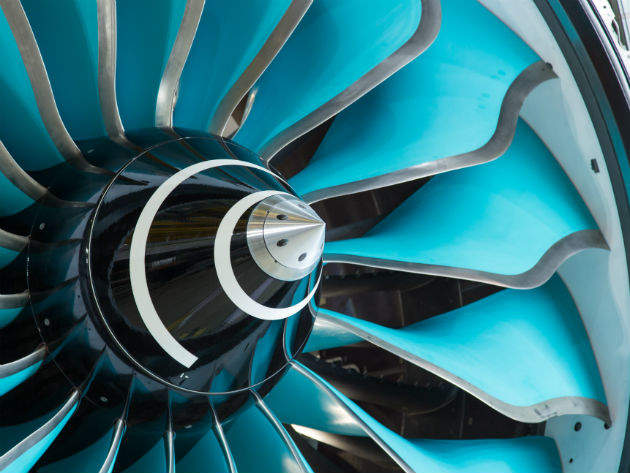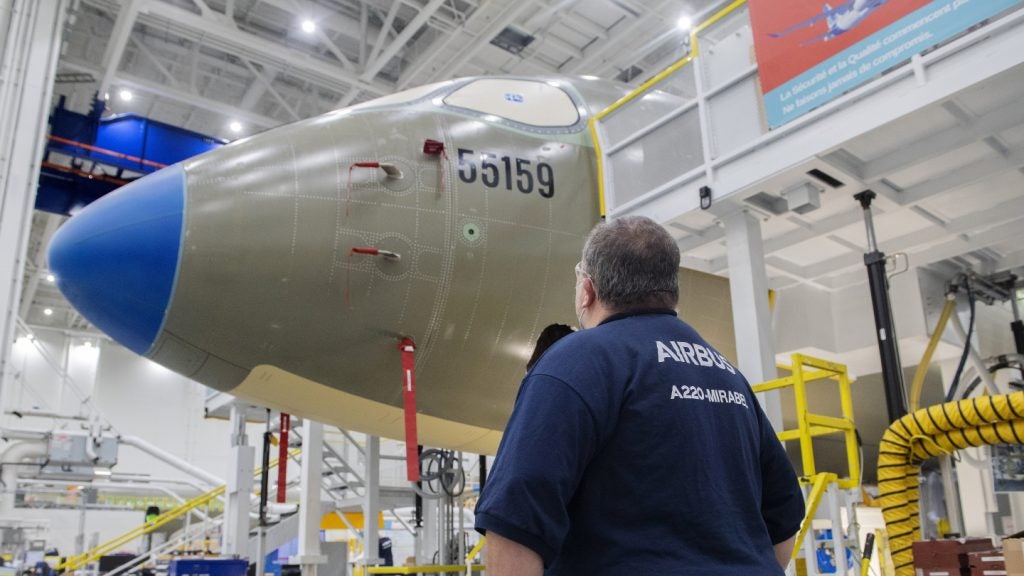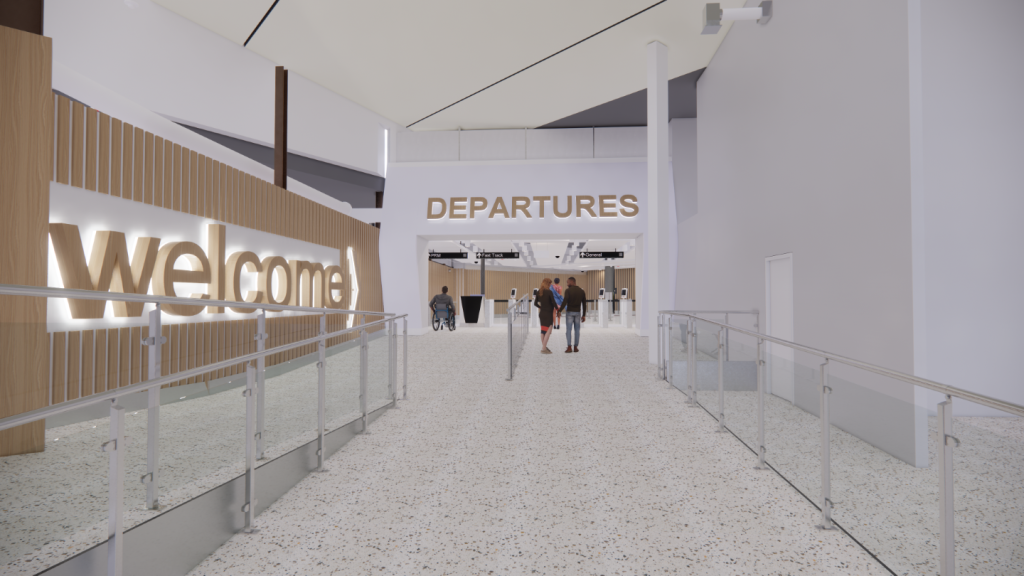
Ron van Manen has an intriguing way of describing Clean Sky. “I used to love the way Tesco had the advertisement that said ‘every little helps’,” he says. “There’s not one silver bullet.” The programme manager for Clean Sky 2 (CS2), van Manen speaks with a positivity that is grounded in realism. “Unfortunately, whether it’s electric cars or renewable energy for heating houses, there are other areas where going down that route of renewables is inherently easier than aviation.
“Aviation is, in plain English terms, a lot more difficult to transition from carbon-based fossil fuels to fully renewable. The double whammy is that aviation is growing by about 4%-5% per year.”
The difficulties, as van Manen describes them, are not entirely insurmountable, however. Back in 2006, aviation manufacturers and researchers gathered in Brussels for the Clean Sky Joint Technology Initiative workshop. Two years later, Clean Sky was officially launched, with a budget of €1.6bn and on the back of what the project’s official website describes as “increased recognition of the growth of the aviation sector… and its bearing on the environment.”
Figures from the Air Transport Action Group show that global aviation is responsible for around 2% of all man-made CO2 emissions, and 12% in terms of CO2 emissions from transport sectors. The European Commission also states on its official website: “By 2020, global international aviation emissions are projected to be around 70% higher than in 2005,” while a 2016 report by the European Environment Agency argues that nitrogen oxide (NOX) emissions from aviation “have doubled between 1990 and 2014”, forecasting they will grow “by a further 43% between 2014 and 2035”.
In its simplest terms, Clean Sky is a joint undertaking by the European Commission and the European aviation industry, and is part of the EU Horizon 2020 programme. To put its mission in a sentence: Clean Sky wants to reduce CO2, gas emissions, particularly NOx, and the noise associated with aircraft, by 2020 and beyond.
It started with Clean Sky 1 in 2009, which focused, on the whole, on six areas: wings, engines, systems, regional planes, rotorcraft and eco-design. In 2014, van Manen’s CS2 launched, backed by a budget of €4bn. “[There was] a transitional period when [it] was starting but also running in parallel with the final stage of Clean Sky. It has ramped up since 2014,” explains van Manen.
How well do you really know your competitors?
Access the most comprehensive Company Profiles on the market, powered by GlobalData. Save hours of research. Gain competitive edge.

Thank you!
Your download email will arrive shortly
Not ready to buy yet? Download a free sample
We are confident about the unique quality of our Company Profiles. However, we want you to make the most beneficial decision for your business, so we offer a free sample that you can download by submitting the below form
By GlobalDataWorking with aviation manufacturers: pieces of a puzzle
CS2’s regulation, says van Manen, intends to “develop, mature and demonstrate technology” for emissions reductions of 20%-30% by the end of the programme, 2024, compared to 2014-2015 levels. “That goes for CO2, NOx and noise,” he adds.
Such an ambition requires industry-wide thinking and research. For that reason, Clean Sky is built on the collaboration of a number of organisations – divided into members and partners, which are selected through calls for proposals and subsequently receive funding for their work.
Clean Sky 1 was separated into ‘technology platforms’, also called integrated technology demonstrators. These were led by some of the biggest names in the sector, such as Rolls-Royce, Dassault Aviation, Thales, the German Aerospace Centre, and Airbus, among others.
Just some of the achievements to date include work towards greener engines, led by Rolls-Royce and Safran; smart fixed-wing aircraft; green regional aircraft, co-led by Leonardo Aircraft Division and Airbus D&S; and eco-design, to, as Clean Sky describes it, introduce “new perspectives aimed at future aeronautical products being developed by the EU industry through the development of promising new green technologies”.
Ideas are tested in what the project calls “demonstrators”, which are led by different partners, depending on who is involved in the ‘technology platform’. CS2 adds to this with sections focused on large passenger aircraft, small air transport – fixed wing aircraft with between 4 and 19 seats – and the structure and material of the airframe.
Some of those involved in Clean Sky 1 are continuing their work with CS2, but a more recent entrant is Honeywell. “We saw Clean Sky 1 taking place from the side,” explains Joeri De Ruytter, senior manager of business development and partnerships advanced technology, Honeywell Aerospace. “Being part of it is definitely helping us. We are able to de-risk the supply chain and develop technology at a lower cost.”
Honeywell has received funding worth €35m, specifically for projects on cockpit technologies and health/condition monitoring. These are expected to last for between four and eight years. “Those projects will not all come at the same time,” explains De Ruytter. “But, the majority of them have gone through the ‘kick off’ stage and are in deep development.”
The challenge, says De Ruytter, “is there right in the middle – the balance”. On one side, “you want to bring something to the market that is better than anything before” but, he continues, this has to be balanced “against the cost of it, the safety of operation, and the impact on the environment”.
“We are one part of a bigger puzzle. This is what joint undertakings are doing; bringing all the pieces of the puzzle together.”
The future of Clean Sky and aviation’s role in climate change
There are still spaces in this puzzle: “CS2 is at top of its climb in terms of configuring its membership,” says van Manen. “A lot of things that are happening now are the final design and technical reviews, in terms of configuring the tests that will be done.”
Aside from Clean Sky, last October it was announced that 191 nations had agreed a resolution at a meeting of the International Civil Aviation Organization (ICAO) to cut emissions, applying to passenger and cargo flights that generate more than 10,000 tonnes of annual greenhouse gases. The deal stipulates that from 2020, an offsetting scheme will apply, whereby an increase in CO2 emissions will be offset by carbon-reducing activities, such as planting trees.
Violeta Bulc, European commissioner for transport, called it an “unprecedented agreement” that “opens a new chapter in international aviation”. Participation will be voluntary until 2027 and some groups have voiced their unhappiness. Bill Hemmings, aviation director of Transport & Environment, said last year: “Airline claims that flying will now be green are a myth. Taking a plane is the fastest and cheapest way to fry the planet and this deal won’t reduce demand for jet fuel one drop.”
In an ideal world, “electrifying aircraft to the point of full-electric propulsion would be the Holy Grail”, says van Manen. “But if I were a betting man I’d say that will start at the smaller end of the scale. The issue of battery strength and their power density and the safety of that, that will probably put general aviation between five to ten years away for very short segments, of two, three, four passenger [aircraft].”
For regional or large passenger jets, such a scenario “is maybe even three or four decades away”, van Manen adds, because of what he calls “some really unsolved issues”, such as battery power density.
Nonetheless, the future for Clean Sky – including a potential Clean Sky 3 – is intriguing to say the least. “If you look at aviation emissions between now and 2050, do nothing and they will be around four times the current size, whereas emissions from cars, railways and heating of houses will be reduced,” van Manen warns. “The 2% could be 50% of man-made emissions by 2050, which would be unacceptable.”
Therefore, every little helps.







